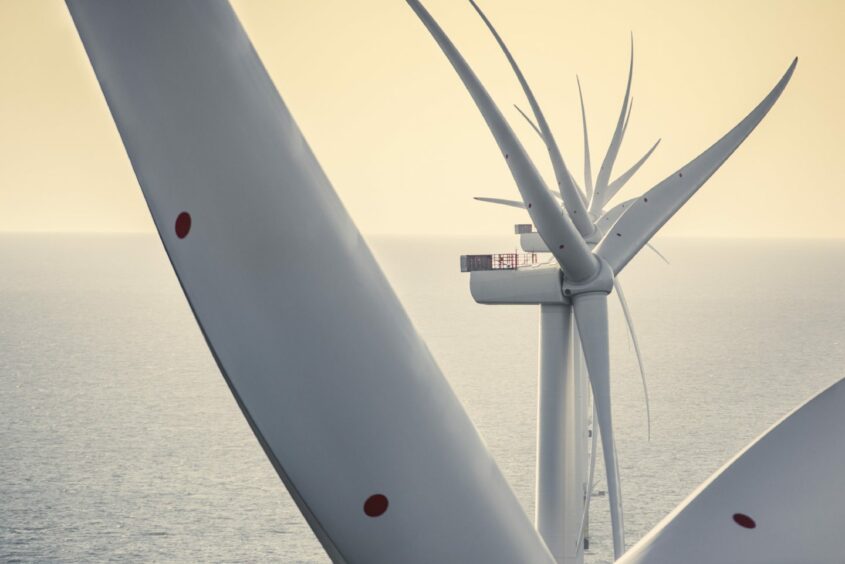
Financial security in relation to decommissioning oil and gas installations has long been a hot topic for our industry.
Examples of energy companies defaulting on decommissioning responsibilities due to insolvency are not uncommon.
The Petroleum Act 1998 “section 29” regime in the UKCS and the self-governing nature of Decommissioning Security Agreements that have become commonplace seem to have limited that possibility in our oil and gas sector.
Offshore wind regime
The offshore wind decommissioning regime is governed by the Energy Act 2004 and whilst containing similar principles, there are key differences.
Whilst the section 29 regime attempts to keep every (petroleum) licensee past and present “on the hook” for decommissioning, the 2004 Act regime allows BEIS/Scottish Ministers to keep previous (offshore wind) developers/owners “on the hook” until required securities have been fully accrued.
The net result appears to be the same. The total amount of security will be the estimated decommissioning cost. However, the Government will not have the same access to past owners as it does under the section 29 regime, opening up the possibility to offload assets to less financially secure buyers.
Uncertainty in cost estimates
Like the oil and gas industry, the difficulty in arriving at an accurate cost estimate poses further risk.
There are several unknowns, which increase that uncertainty. It is true that Power Purchase Agreements provide offshore wind projects with a greater degree of certainty over longer-term revenues, reducing the uncertainty associated with end of life revenues that oil and gas projects “enjoy”.
Further, an offshore wind farm will be host to a sea of identical turbines, reducing uncertainty in stark contrast to, for example, an array of offshore wells.
However, many projects will be being decommissioned in a very different landscape as we approach the UK’s net zero commitments in 2045 and 2050. Nobody knows what that will mean for vessel cost and availability. Nobody can accurately predict the decommissioning cost of offshore wind projects and many fear that estimates are too low – another piece of the puzzle that has large similarities as historic oil & gas decommissioning estimates proved too light.
A major difference being that (offshore wind) owners/developers develop the cost estimates informing levels of security required. Whilst this is the same fundamental principle in oil and gas Decommissioning Security Agreements, that cost estimate is heavily scrutinised by the “Second Tier Participants” and can be reviewed and determined by an expert.
There are both similarities and differences between the regimes but the key point is that both face challenges in accurately predicting costs and providing adequate financial security.
Calum Crichton is a partner who heads the oil and gas/energy team at Gilson Gray advising oil and gas majors to SMEs.
Recommended for you
